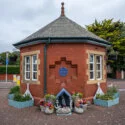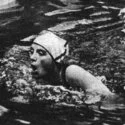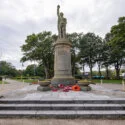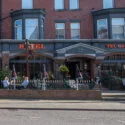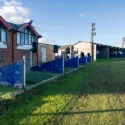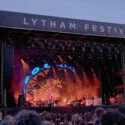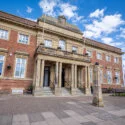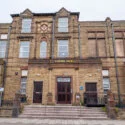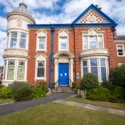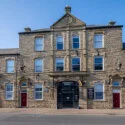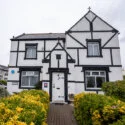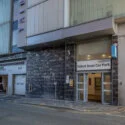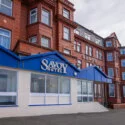Fairhaven Lake officially opened in August 1893. By 1895, the Fairhaven Estate Company took over from Thomas Riley to manage the lake. Shortly after, in 1896, the company began planning a golf course to complement the lake and the surrounding area to the west. Recognised as the third oldest marine lake in Britain, Fairhaven Lake is a key part of Fylde’s heritage. Efforts are now underway to restore the lake to its former beauty. Major engineering works are set to start with a new sea defence, and the Heritage Lottery has approved funding to help with the lake and gardens’ restoration. The original vision for Fairhaven was as an upscale resort with extensive residential development, featuring a lake, recreational facilities, and community spaces. This vision followed a trend seen along the Fylde Coast, similar to Fleetwood and St Annes.
In 1891, Fleetwood businessman Thomas Riley had the idea for a new coastal resort. Seeing the success of St Annes, Riley proposed and began developing Fairhaven. By 1893, architect Arthur Carter was commissioned to create a master plan for the resort, which was intended to be an elegant “watering place” with spacious grounds, clean air, and sweeping sea views. Architect Thomas Crook’s designs highlighted the lake and marine drive as central features. To create the lake, natural estuary features were utilized, including extending a shingle bank to form a completely enclosed lake, which then became the outer sea wall and promenade. The original Fairhaven Lake was about half the size it is now and followed the natural land contours. Notable buildings included the original boat house, which is now the Ribble Discovery Centre and dates back to 1901, and a larger boat house built in 1921 using a distinctive prefabricated method. William Wade, an esteemed architect from St Annes, designed the original boat house.
In November 1922, the urban districts of Lytham and St Annes merged, and the new local authority acquired the Fairhaven site for £34,000. Lord Ashton, who had previously funded Ashton Gardens in St Annes, generously donated the amount needed for the purchase. To enhance the newly acquired recreational facility, the council hired the acclaimed landscape architects Thomas Mawson and Sons in 1924. Their ambitious plan involved expanding the lake, creating scenic bays and inlets, and improving the surrounding landscaping and recreational facilities. The lake was redesigned with extensive landscaping, and the final result closely followed the Mawson Plan. Much of the labor for the lake and garden creation was provided through a government scheme for the unemployed. The Mawson Plan also introduced a Japanese garden and lagoon on the lake’s southwestern side, a feature fondly remembered by many. This garden was thought to have been covered over in the 1960s for repairs, and archaeological evidence suggests the location of the former garden rockery.
Fairhaven Lake and its gardens are well-loved by both residents and visitors and hold regional significance. The upcoming sea defence project will enhance the lake’s surroundings with a new sea wall and promenade. Plans for the next year include refurbishing buildings and features such as the café, historic landscape, Japanese Garden, and the lake itself to make full use of the water’s potential. Engaging the community in the development of these restoration plans will be essential. Fairhaven Lake remains an important part of Fylde’s heritage, reflecting the vision of Thomas Riley and the historical potential of the area.

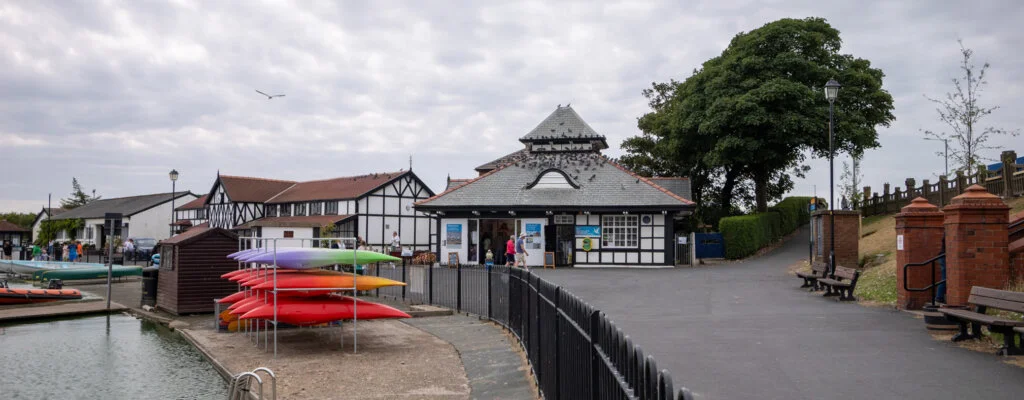
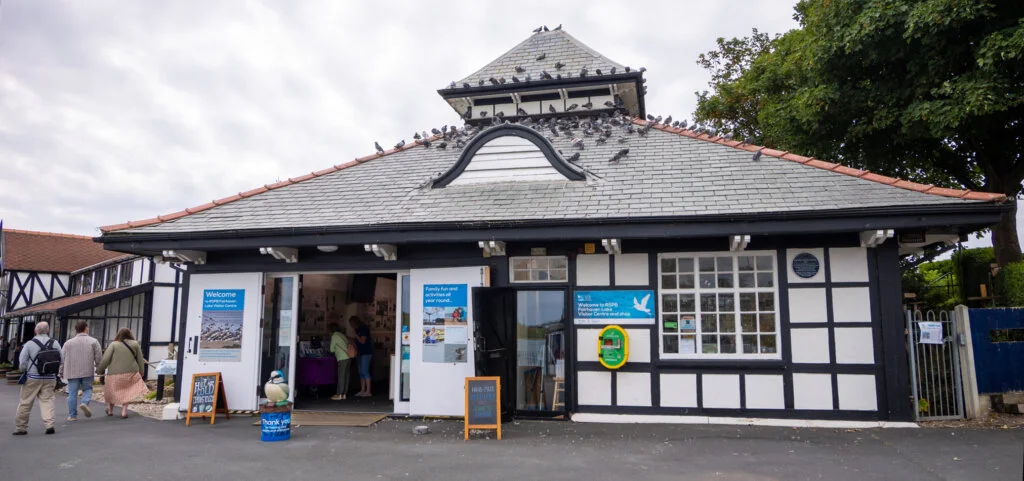
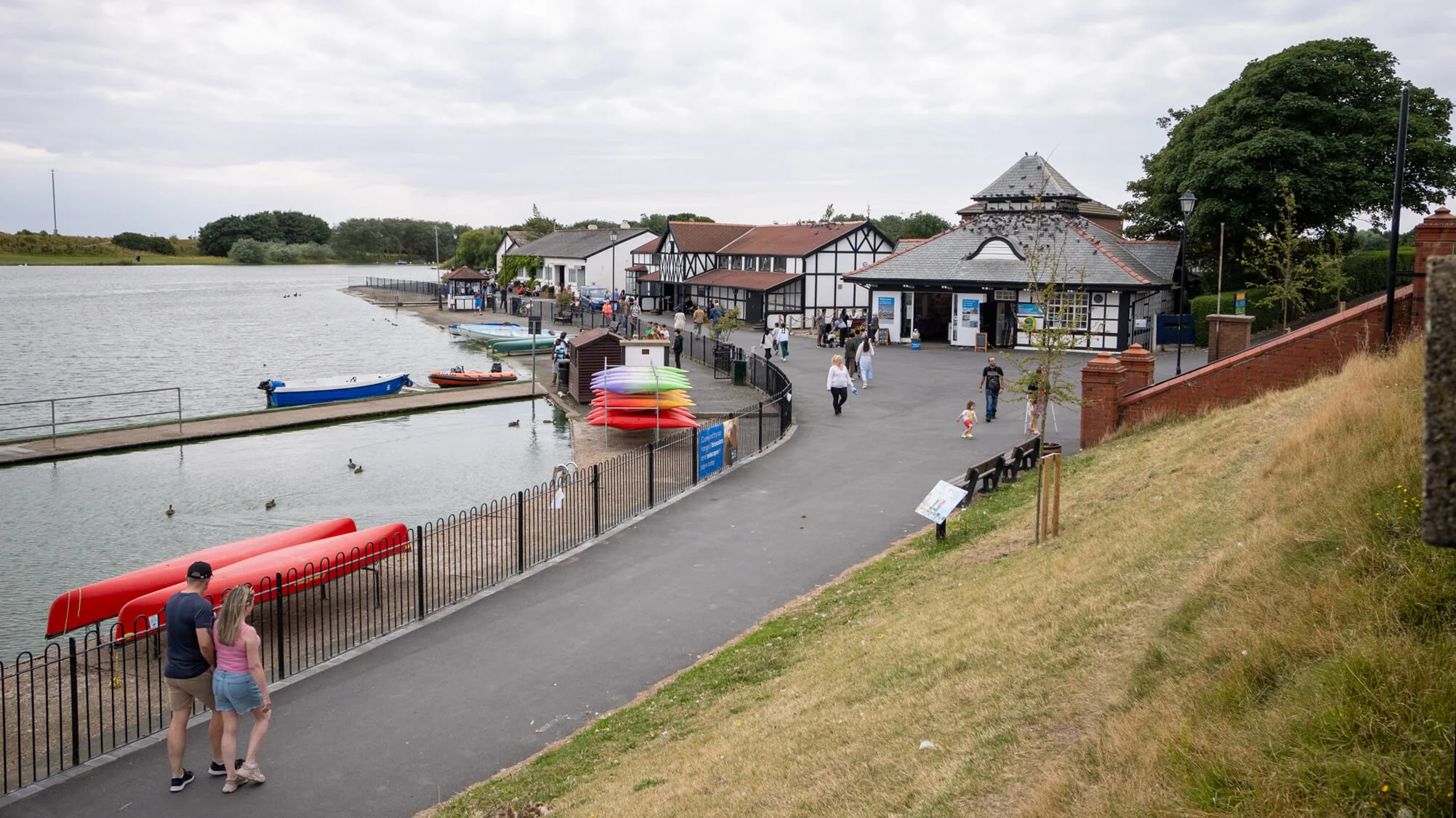
Featured Image © Deeper Blue Marketing & Design Ltd
Text source: Blackpool Gazette’swebsite
Images by © Deeper Blue Marketing & Design Ltd


